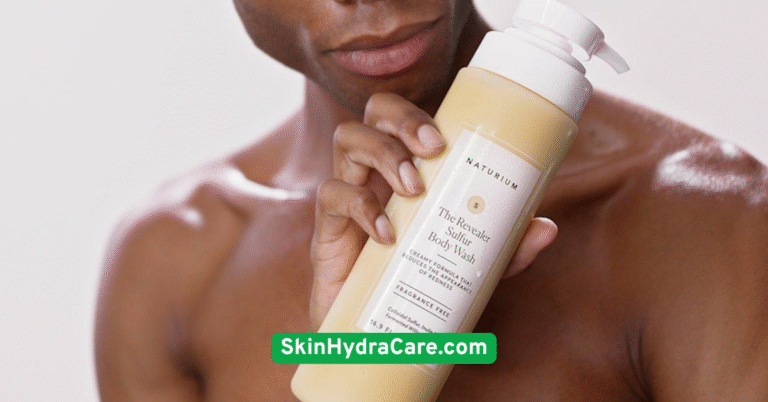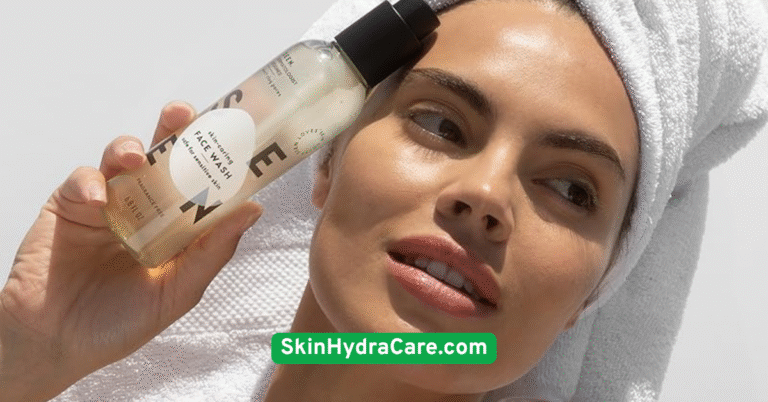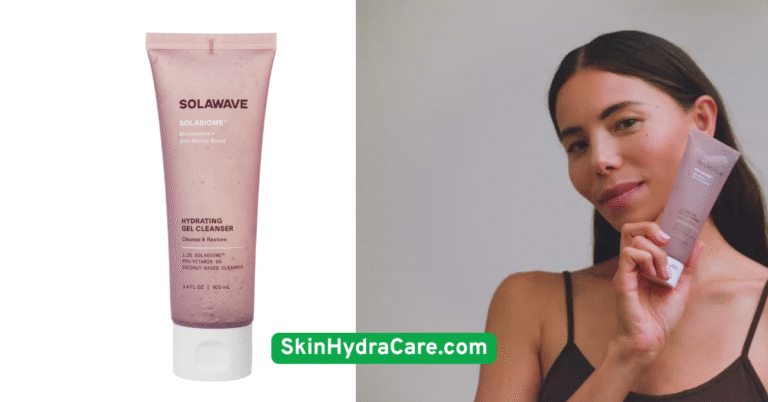10 Gentle Skincare Tips to Avoid Irritation
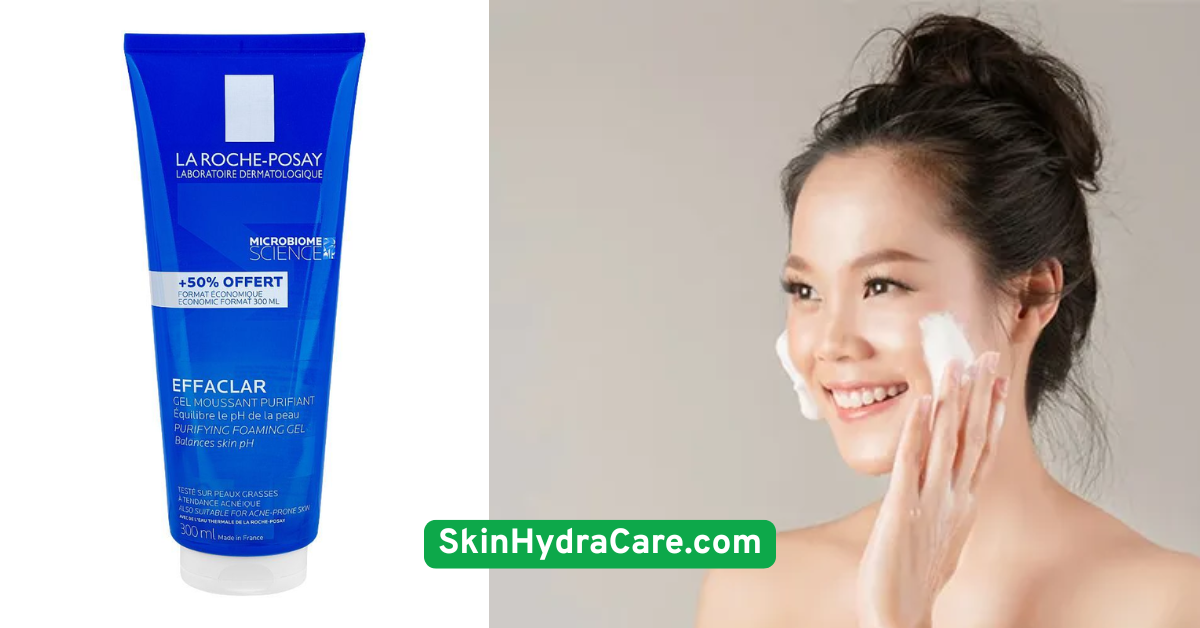
1. Start with a Sulfate-Free Cleanser
Your cleanser is the foundation of your skincare routine—and it’s often where irritation begins. Harsh, foaming cleansers packed with sulfates strip your skin of its natural oils. For sensitive skin, that’s a recipe for dryness, flaking, and inflammation. Swap out anything that lathers like dish soap!Instead, reach for cream or gel-based cleansers that are free from sulfates, parabens, and alcohol. Look for calming ingredients like aloe vera, chamomile, or centella asiatica. These soothe the skin while gently removing dirt and impurities.Don’t forget about water temperature either! Lukewarm water is your best friend. Hot water can trigger redness, while cold water might not cleanse thoroughly. A quick, gentle cleanse twice a day is all your skin needs—no scrubbing or tugging necessary.

2. Use Fragrance-Free Products
Fragrance might make your skincare smell lovely, but for sensitive skin, it’s a major irritant. In fact, fragrance is one of the top causes of allergic reactions and contact dermatitis. Even products labeled as “natural” or “essential oil-infused” can be harsh, especially citrus or peppermint-based scents.Stick to fragrance-free, hypoallergenic skincare whenever possible. Not only does this reduce the risk of flare-ups, but it also lets your skin focus on healing instead of defending itself from unnecessary irritants.Be sure to read labels closely. Sometimes brands sneak fragrance in under names like “parfum” or “aroma.” When in doubt, opt for products specifically made for sensitive or reactive skin. Your face will thank you.
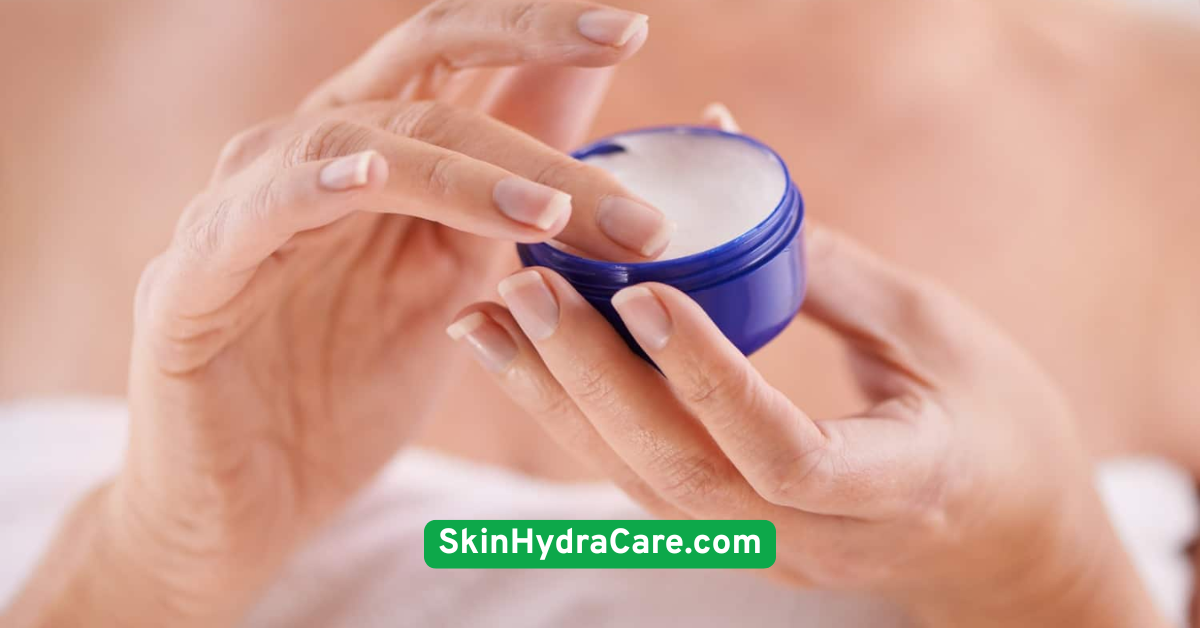
3. Patch Test New Products
Excited to try a new serum? Hold up! Even the gentlest-sounding product can cause a reaction. That’s why patch testing is essential—especially if your skin is prone to irritation, eczema, or rosacea.Apply a small amount of the product to your jawline, inner arm, or behind the ear, then wait 24–48 hours. No reaction? You’re likely in the clear. Redness, bumps, or itching? That product may not be for youThis step might feel like a hassle, but it can save you from painful full-face reactions and wasted money. Keep your skincare journey smooth by taking it slow and testing first.
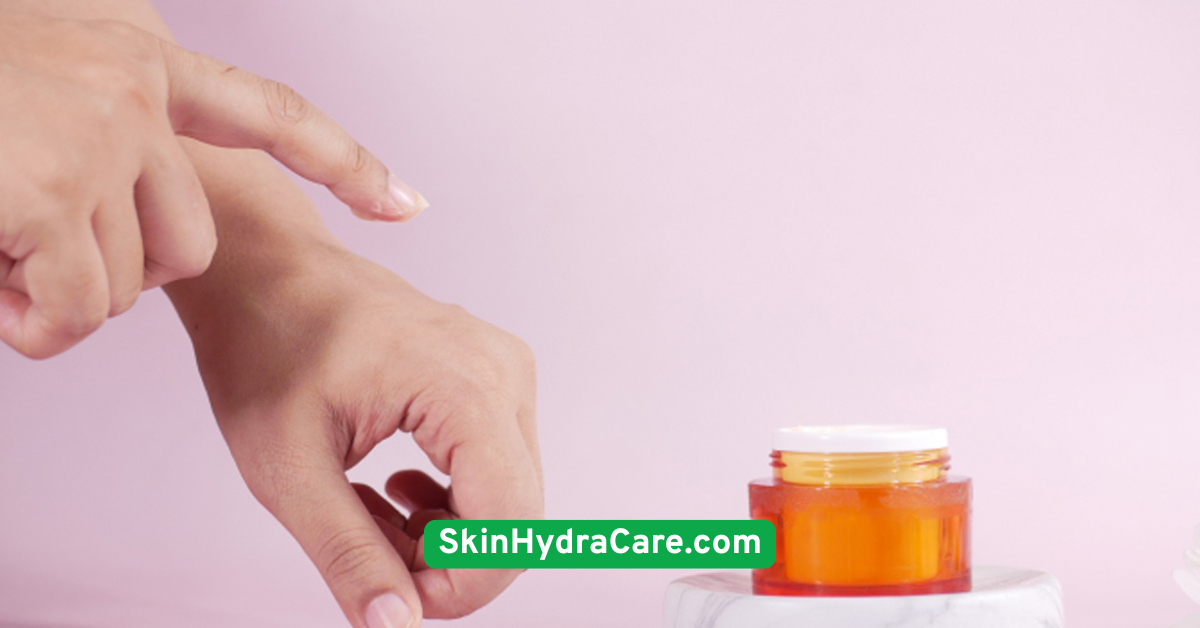
4. Moisturize While Skin is Damp
One of the simplest and most effective ways to lock in hydration is to apply moisturizer to damp skin. When your skin is freshly cleansed and still slightly wet, it’s primed to absorb moisture deeply. This helps maintain the skin’s natural barrier and prevents trans-epidermal water loss.Look for moisturizers that contain ceramides, glycerin, or hyaluronic acid. These ingredients work to retain moisture and strengthen your skin barrier. Bonus points if the product is labeled non-comedogenic, which means it won’t clog your pores.Don’t overdo it with heavy creams. Lightweight lotions can be just as effective and are often more suitable for sensitive, acne-prone skin. Layering thin products works better than relying on one thick application.
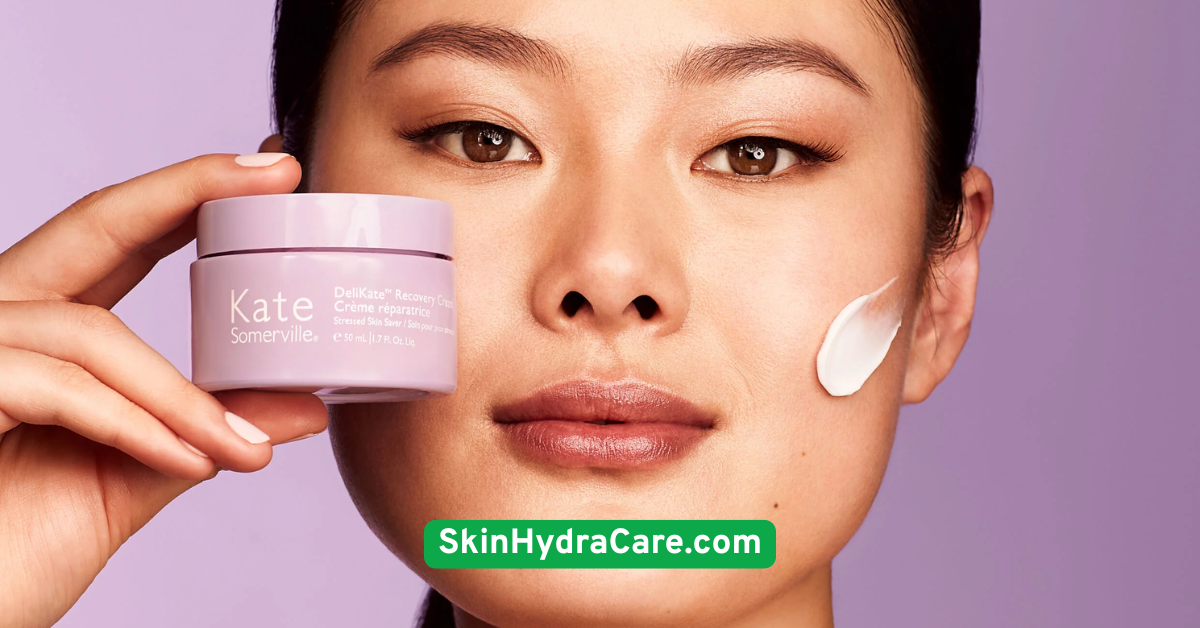
5. Go Easy on the Actives (AHAs, BHAs, Retinol)
Active ingredients like retinol, glycolic acid (AHA), and salicylic acid (BHA) are skincare superstars—but they’re also known for causing irritation, especially if used too often or layered improperly. For sensitive skin, moderation is key.Start by using active products just once or twice a week, and always buffer them with a moisturizer. If your skin is very reactive, you may want to avoid these altogether and opt for gentler exfoliants like polyhydroxy acids (PHAs).Never mix multiple actives at once unless you’re guided by a dermatologist. Listen to your skin—it will tell you when something is too strong. Less truly is more when it comes to soothing skincare.
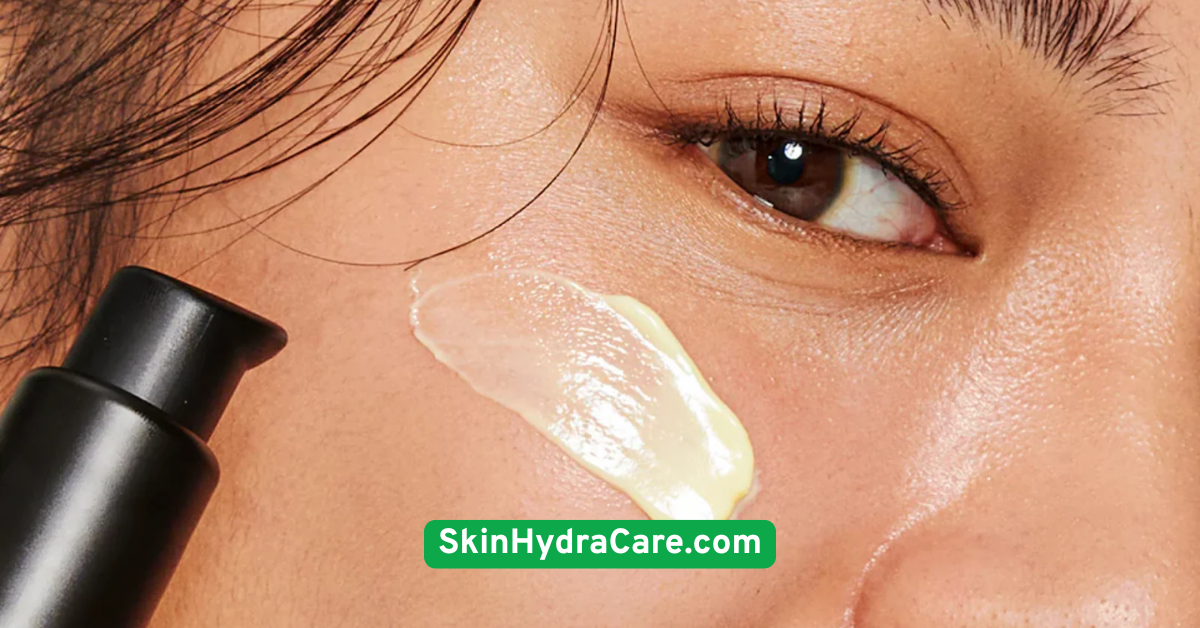
6. Avoid Over-Exfoliating
It’s easy to get caught in the trap of wanting smooth, glowing skin overnight. But over-exfoliating is one of the quickest ways to damage your barrier and trigger inflammation. This can lead to redness, breakouts, and a tight, uncomfortable feeling.Avoid physical scrubs, especially those with walnut shells, microbeads, or coarse grains. These create micro-tears in the skin, worsening sensitivity. Instead, opt for mild exfoliants—ideally no more than once a week—and follow with a calming moisturizer.If your skin starts feeling raw, itchy, or unusually shiny, take a break. Focus on hydration, barrier repair, and calming ingredients like niacinamide or panthenol to help your skin recover.

7. Wear Sunscreen Daily (Even Indoors!)
Sun protection isn’t just for beach days. UVA and UVB rays can penetrate windows, leading to irritation, pigmentation, and premature aging—even if you’re inside all day. For sensitive skin, daily SPF is non-negotiable.Look for mineral sunscreens that contain zinc oxide or titanium dioxide. These are less likely to cause irritation compared to chemical filters like oxybenzone or avobenzone. Plus, they work immediately upon application—no waiting!Choose a product that’s labeled broad-spectrum, non-comedogenic, and specifically made for sensitive skin. Some even come with tinted options, offering gentle coverage with protection. Your skin will glow without the burn.
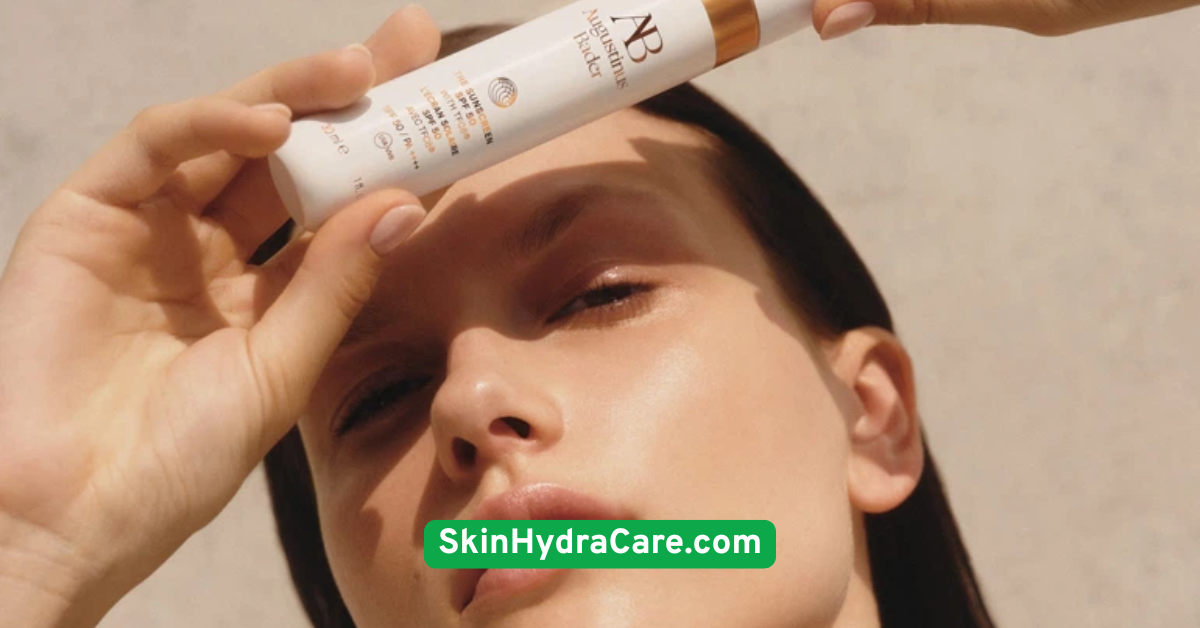
8. Keep Your Routine Simple
When your skin is acting up, resist the urge to throw everything at it. The more products you pile on, the higher the chance something won’t agree with your skin. Simplify your routine and stick to the essentials.Think of it this way: your skin needs three things—cleanse, moisturize, protect. You don’t need five serums or a 12-step routine. Minimalist skincare isn’t just trendy—it’s practical for sensitive types.Fewer products also mean it’s easier to identify what’s working (and what isn’t). Once your skin is calm and healthy, you can gradually introduce new products if needed—one at a time.

9. Don’t Rub—Pat Your Skin Dry
It might seem harmless, but rubbing your face with a towel can irritate the skin and lead to micro-tears. This weakens your skin barrier and sets you up for inflammation and sensitivity.After washing your face, gently pat it dry using a soft microfiber towel or clean cotton T-shirt. This helps preserve the skin’s natural moisture and reduces friction-related irritation.And be sure to keep your towel clean! Bacteria and oils can build up quickly and transfer back to your face. Swap it out every few days to keep your routine hygienic and safe for reactive skin.

10. Track Your Triggers
Ever feel like your skin is fine one day and inflamed the next—with no clue why? That’s where a skincare journal can make a world of difference. By tracking your products, diet, sleep, weather, and stress levels, you can start to see patterns and pinpoint what’s causing flare-ups.Note down every time your skin reacts and look for common threads. Maybe it’s a particular product, or maybe spicy food or a rough pillowcase is the culprit. Once you know your triggers, you can avoid them more easily and make better skincare choices.This small habit builds long-term results. When it comes to managing sensitive or reactive skin, knowledge truly is power.

Conclusion
Sensitive skin doesn’t have to feel like a curse—it just needs a little extra love and attention. By following these 10 gentle skincare tips, you’re not only avoiding irritation but actively building a routine that supports your skin’s natural health.Remember, the goal isn’t perfection. It’s comfort, calmness, and confidence in your own skin. Choose soothing ingredients, keep your routine simple, and stay in tune with your skin’s needs. With patience and care, you’ll be glowing in no time—without the redness.Ready to revamp your skincare routine the gentle way? Your skin’s new best friend is just a routine away.
